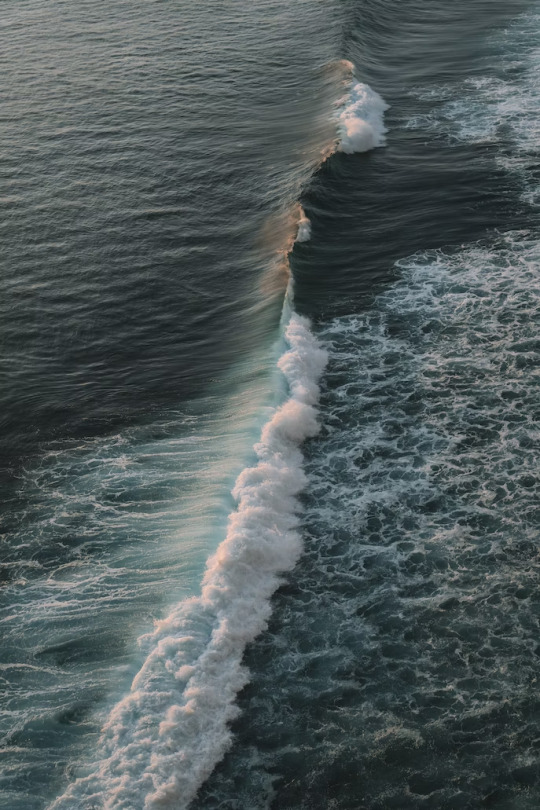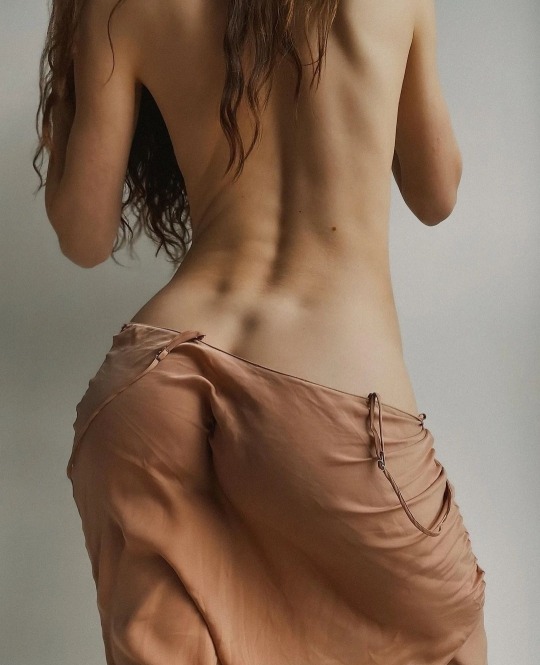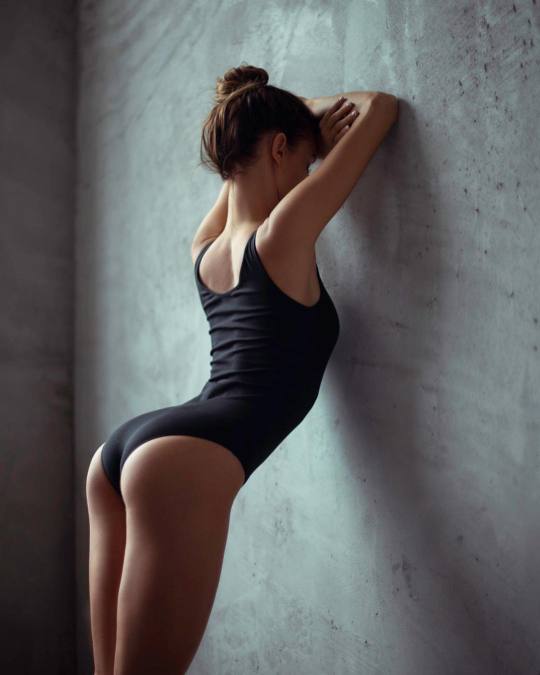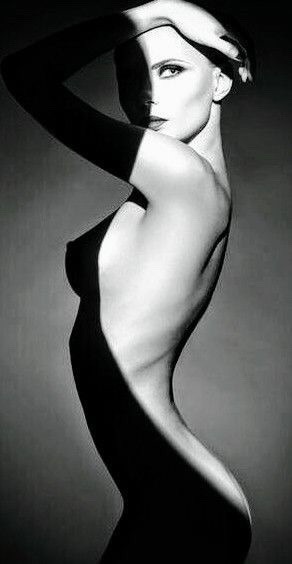Video
youtube
Renata Shakirova and Kimin Kim in Giselle.
13 notes
·
View notes
Text
2 notes
·
View notes
Video
youtube
The Dying Swan – Natalia Osipova (The Royal Ballet)
Damn this performance makes me emotional.
And talk about creative cross-pollination. First beginning with the musical piece itself…
The Carnival of the Animals (Le Carnaval des animaux) is a humorous musical suite of fourteen movements by the French composer Camille Saint-Saëns. The work, about 25 minutes in duration, was composed in February 1886 and written for private performance by two pianos and chamber ensemble. Saint-Saëns prohibited public performance of the work during his lifetime, feeling that its frivolity would damage his standing as a serious composer. The suite was published in 1922, the year after his death. A public performance in the same year was rapturously received. Le Figaro reported:
“We cannot describe the cries of admiring joy let loose by an enthusiastic public. In the immense oeuvre of Camille Saint-Saëns,The Carnival of the Animals is certainly one of his magnificent masterpieces. From the first note to the last it is an uninterrupted outpouring of a spirit of the highest and noblest comedy. In every bar, at every point, there are unexpected and irresistible finds. Themes, whimsical ideas, instrumentation compete with buffoonery, grace and science. … When he likes to joke, the master never forgets that he is the master.”
And then…
A short ballet solo, The Dying Swan, was choreographed in 1905 by Mikhail Fokine to this movement and performed by Anna Pavlova. Pavlova gave some 4,000 performances of the dance and “swept the world.”
…which led me here (after watching the first Anna Pavlova performance, but also to a 62 year old ballerina’s performance as well).
The original concept of the piece is that the Swan has been wounded and is painfully fighting against death, but in the end, she loses her battle and dies. However, what is traditionally performed today as “The Swan” is miles away from what Fokine actually choreographed. The great Maya Plisetskaya famously presented the Swan as elderly and stubborn and dying of old age, rather than dying from a wound when she danced the piece at the age of 61. In the words of Fokine’s granddaughter, Isabelle: “The Dying Swan does not make enormous technical demands, but rather enormous artistic ones because every movement and every gesture should signify a different experience, which is emerging from someone who is attempting to escape death.”
According to legend, when Anna Pavlova was lying on her deathbed, her last words were, “Get my Swan costume ready”.
6 notes
·
View notes
Text

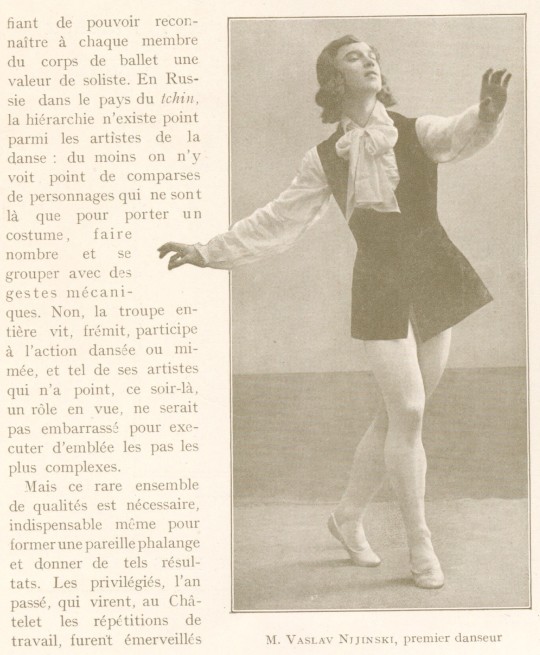
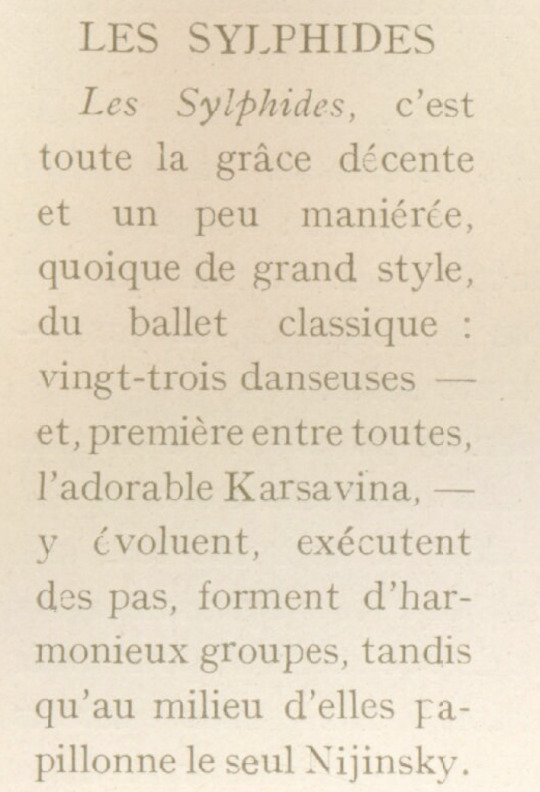
Tamara Karsavina and Vaslav Nijinsky in the ballet "Les Sylphides," 1909
Les Sylphides is all the decent and somewhat mannered grace, albeit of great style, of classical ballet: twenty-three dancers - and, first among all, the adorable Karsavina - evolve, execute steps, form harmonious groups, while in their midst only Nijinsky flits about.
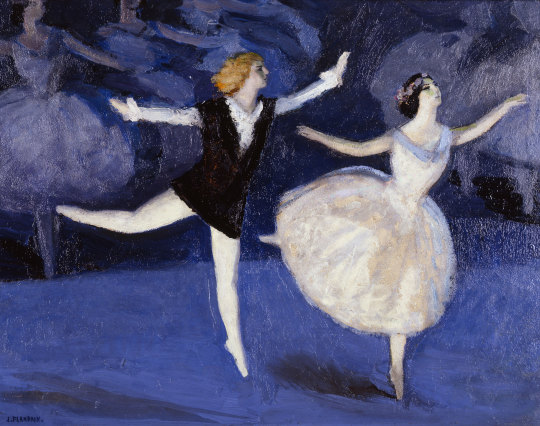
La Pavlova and Nijinsky by Jules Léon Flandrin, 1909
An avid concert- and theater-goer, Jules Flandrin discovered dance at the premiere of Le Pavillon d'Armide in 1909 at the Théâtre du Châtelet. La Pavlova and Nijinsky was painted following the performance of Les Sylphides by the Ballets Russes on June 2, 1909. Sergei Diaguilev's dance company created a sensation throughout Parisian society, which fell under the spell of the young Russian prodigy, Vaslav Nijinsky. He is accompanied by the prima ballerina Anna Pavlova and the corps de ballet faintly visible in the background.
In this masterly composition, the famous couple appears in the spotlight in the foreground. Nijinsky, "like a black and white butterfly near the sylphs", his long hair worn loose, seems to take flight with a wholly feminine grace. He was the first male dancer to rise "en pointe", a practice that had been reserved for ballerinas. In a letter to his mother dated June 9, 1909, Flandrin shared his impressions: "The energy and good health of these dances are truly admirable and range from Siberian, Hungarian and Neapolitan dances, to the remarkable dances of Les Sylphides, all clad in the white costume of La Taglioni, dancing in the moonlight...". The ballet Les Sylphides was a pure dance performance, with no plot, no subject, but instead a romantic reverie set to the melodious music of Frédéric Chopin. During these Ballets Russes performances, Flandrin sketched the dancers first hand, simplifying the shapes, more like suggestions than precise contours and figures. Thick and lumpy paint, applied in broad touches, pares volumes down to the essential. Spectral light brings out the sketched, suspended bodies, indicated only by a few brushstrokes. The colour blue is used to blend the different planes together. A Marian blue, dear to Flandrin, bathes the étoile couple in a spiritual aura.
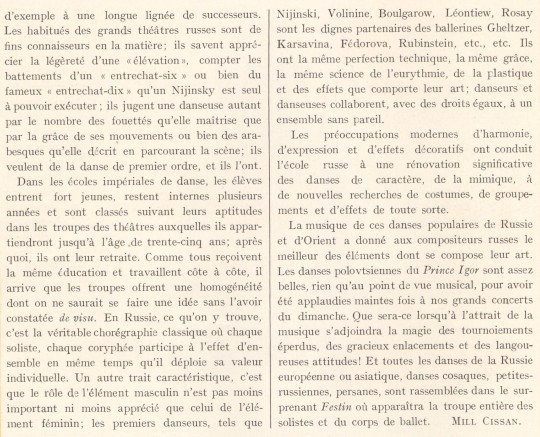
The regulars of the great Russian theatres are fine connoisseurs of the subject; they know how to appreciate the lightness of an "élévation", how to count the beats of an "entrechat-six" or the famous "entrechat-dix" that only a Nijinsky can execute; they judge a dancer as much by the number of fouettés she masters as by the grace of her movements or the arabesques she describes as she walks across the stage; they want first-rate dance, and they have it. In the imperial dancing schools, the pupils enter at a very young age, remain interns for several years and are classified according to their aptitudes in the theatrical troupes to which they will belong until the age of thirty-five; after which they have their retirement. As they all receive the same education and work side by side, the troops sometimes offer a homogeneity that cannot be imagined without seeing it for yourself. In Russia, what we find is true classical choreography in which each soloist, each coryphée participates in the overall effect at the same time as he displays his individual value. Another characteristic feature is that the role of the male element is no less important or appreciated than that of the female element; the principal dancers, such as Nijinsky, Volinin, Bulgarow, Leontiew, Rosay are worthy partners of the ballerinas Gheltzer, Karsavina, Fedorova, Rubinstein, etc., etc. They have the same technical perfection, the same sense of humour and the same sense of humour. They have the same technical perfection, the same grace, the same science of eurythmy, of plasticity and of the effects that their art entails; male and female dancers collaborate, with equal rights, in an unparalleled ensemble. The modern preoccupation with harmony, expression and decorative effects has led the Russian school to a significant renovation of character dances, mimicry, and to new research into costumes, groupings and effects of all kinds. The music of these popular dances of Russia and the East gave Russian composers the best of the elements of which their art is composed. The Polovtsian dances of Prince Igor are beautiful enough, from a musical point of view alone, to have been applauded many times at our great Sunday concerts. What will it be like when the appeal of the music is joined by the magic of the frenzied twirlings, the graceful embraces and the languid attitudes! And all the dances of European and Asian Russia, Cossack dances, little Russian dances, Persian dances, are brought together in the surprising Festin, where the entire troupe of soloists and the corps de ballet will appear. MILL CISSAN.
8 notes
·
View notes
Text
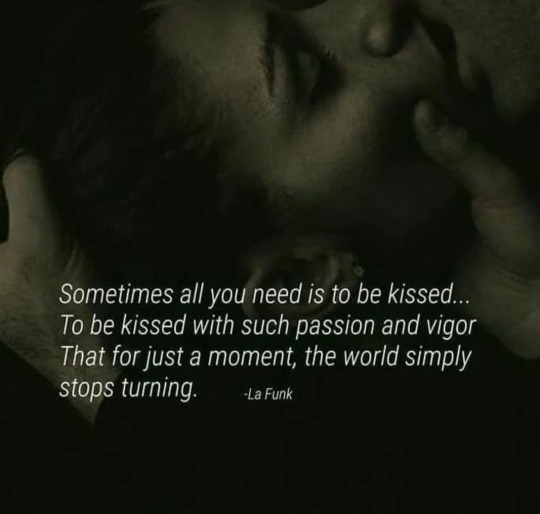
#passion #kiss #lovers #magic #hopeful romantic
618 notes
·
View notes
Text
.....
M'innamorai di te
e quel tuo modo di fare,
la tua mano nella mia
accendeva la fantasia,
2 notes
·
View notes

